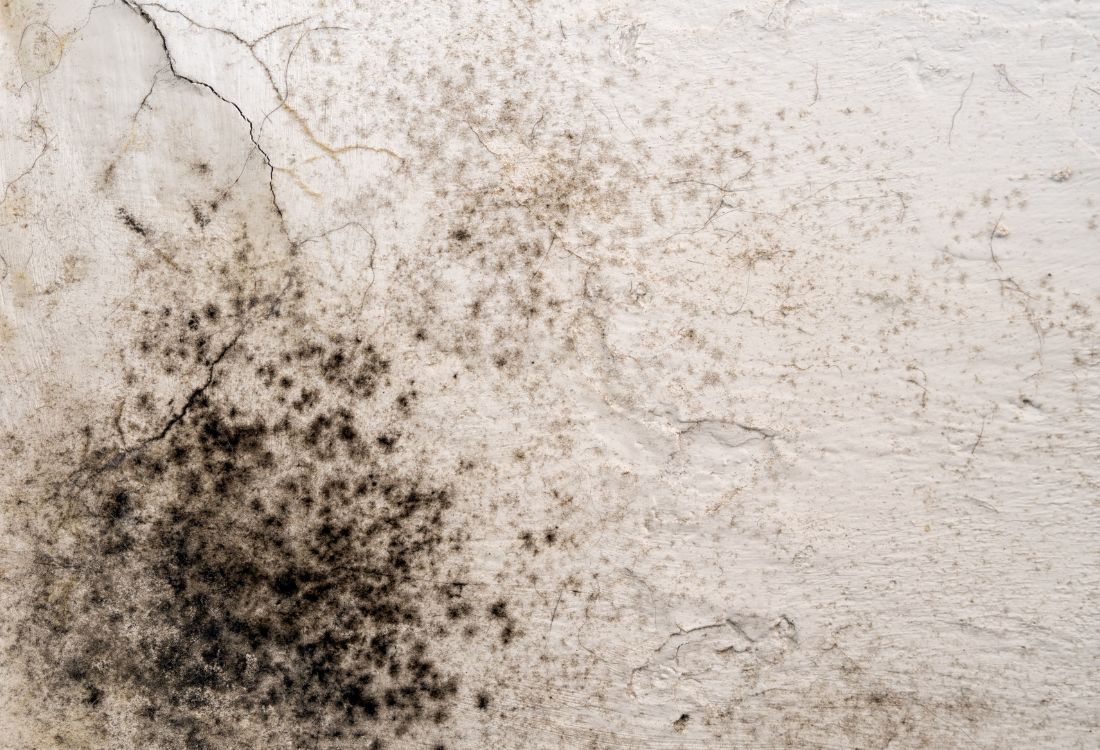What Is The Solution To The UK’s Damp And Mould Problem?
Posted by Mark Peers

Black Mould, or Stachybotrys Chartarum to its friends, is a widespread family of mould organisms found around the world and containing about 50 species.
Most people will be familiar with the distinctive pebbled black appearance of mould growth behind furniture and along the edges of walls, and the species long predates humanity.
However, in recent years black mould has come more strongly into the spotlight due to its links to poor indoor air quality and a range of respiratory health conditions – arising from various toxic components produced by the mould during its life cycle. Mould has always been attracted to damp building materials and poorly ventilated conditions, and the UK is a good environment for mould growth for much of the year, due to our cold and wet island conditions.
Mould On The Rise
In recent years, however, the prevalence of black mould in homes seems to be increasing. What is the reason for this and is there a solution to the problem of damp and mould in housing?
Unfortunately, the increase in black mould in homes is directly linked to the UK’s drive towards greater energy efficiency and a lower carbon footprint.
Why? Because black mould loves small, enclosed, poorly ventilated places. Many of the new homes springing up around the country are relatively small compared to older residential buildings, and they are also designed to be more energy efficient.
Ventilation vs Sustainability
To keep heat in, you must keep drafts out, in order to minimise the energy needed to maintain a comfortable indoor temperature. The most energy-efficient homes are those with minimal air exchange between the indoor and outdoor environments. Low carbon footprint? Yes. Less money wasted on heating? Yes. More black mould? Yes.
A hermetically sealed home designed to minimise heat loss is intrinsically poorly ventilated. This makes it more difficult for the moisture created by cooking, showering, breathing, and day-to-day activities to escape, and so it frequently cools down and accumulates on the corners of outer walls – creating a perfect environment for black mould to thrive.
It’s no surprise, therefore, that nearly 80% of damp and mould cases occur in relatively modern homes with a good Energy Performance Certificate (EPC) rating.
You can have an energy-efficient home or a well-ventilated home. Not both. In addition, if you go with extreme energy efficiency, the risk of the property developing a damp and mould problem increases significantly.
So, What Is The Solution?
There are no two ways about this. Landlords, housing associations, and local authorities have their hands full creating solutions to this conundrum. There’s no chance that any property developer can sacrifice energy efficiency in light of the government’s Net Zero targets. So a more creative and proactive approach has to be taken to the issue of managing damp within the home.
Proactively addressing inefficient plumbing systems and leaks is a good way of reducing unnecessary humidity and damp, and one of the weak points of any domestic plumbing system is the shower room. Tile and tray shower cubicles are notorious for springing small leaks, many of which are minor and could go undetected for months. All the while, water seeps into the plasterwork and floorboards, setting the scene for an explosion of mould when the windows are closed, and the temperatures drop over the winter.
In this context, upgrading to leak-free shower pods from traditional shower cubicles could be beneficial in many housing associations and private rental contexts. Due to their streamlined plumbing infrastructure and enclosed nature, shower pods are essentially leak-free, helping reduce a property’s overall leak risk and lowering damp, making mould easier to control or avoid.
Find Out More
To find out more about our shower pods and how they can help prevent damp in your housing stock, please get in contact with one of our specialists today!
Image Source: Canva






